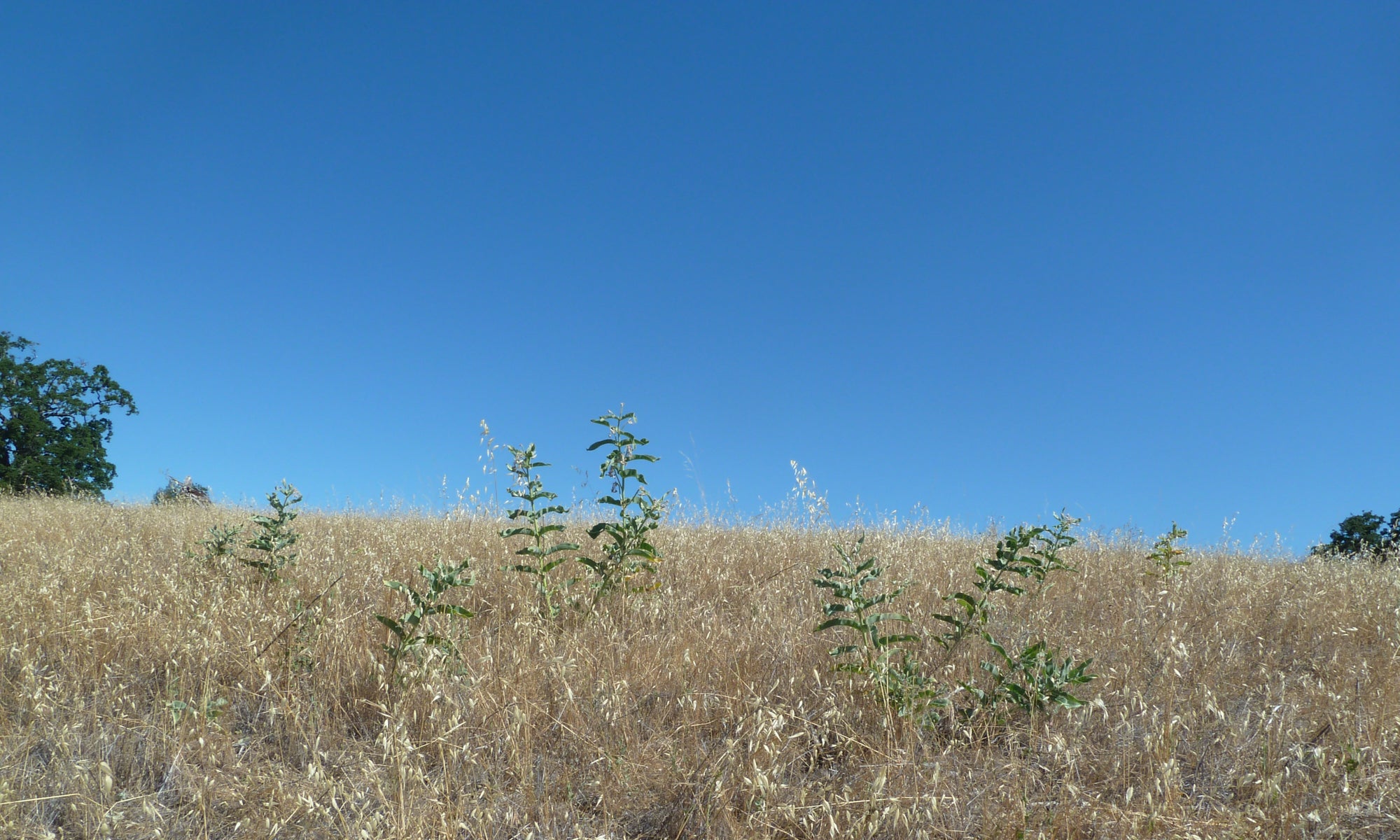Ian Pearse, Marshall McMunn, and Louie H. Yang
Abstract
The seasonal assembly of arthropod communities is shaped by biotic and abiotic aspects of the habitat that limit the appearance or activity phenology of potential community members. In addition, previous interactions within the community, such as herbivore-induced plant defensive responses, aggregation, and predator avoidance likely affect the assembly of arthropod communities on individual plants. We observed the phenology of arthropod communities and defensive plant traits on 100 milkweed (Asclepias eriocarpa) individuals at monthly intervals over a growing season. We experimentally wounded a subset of plants each month (April–August) to observe the effect of simulated added herbivore damage on the seasonal assembly of these arthropod communities. All plant traits and measures of arthropod communities changed over the season. The observed response to experimental leaf damage suggested a trend of induced susceptibility in early months, but not late months. Plants receiving early-season simulated herbivory experienced more subsequent leaf damage than unmanipulated plants. We observed several lagged correlations in our study indicating that blue milkweed beetle (Chrysochus cobaltinus) abundance was lower in months following high natural leaf damage, and that the abundance of a secondary omnivore (Lygaeus kalmii) and total predator abundance tended to follow months with high C. cobaltinus abundance. Ahistorical habitat factors determined much of the observed seasonality of arthropod communities, but induced responses to simulated herbivory also contributed historical effects that influenced arthropod community assembly.
Arthropod-Plant Interactions. 13:99–108

